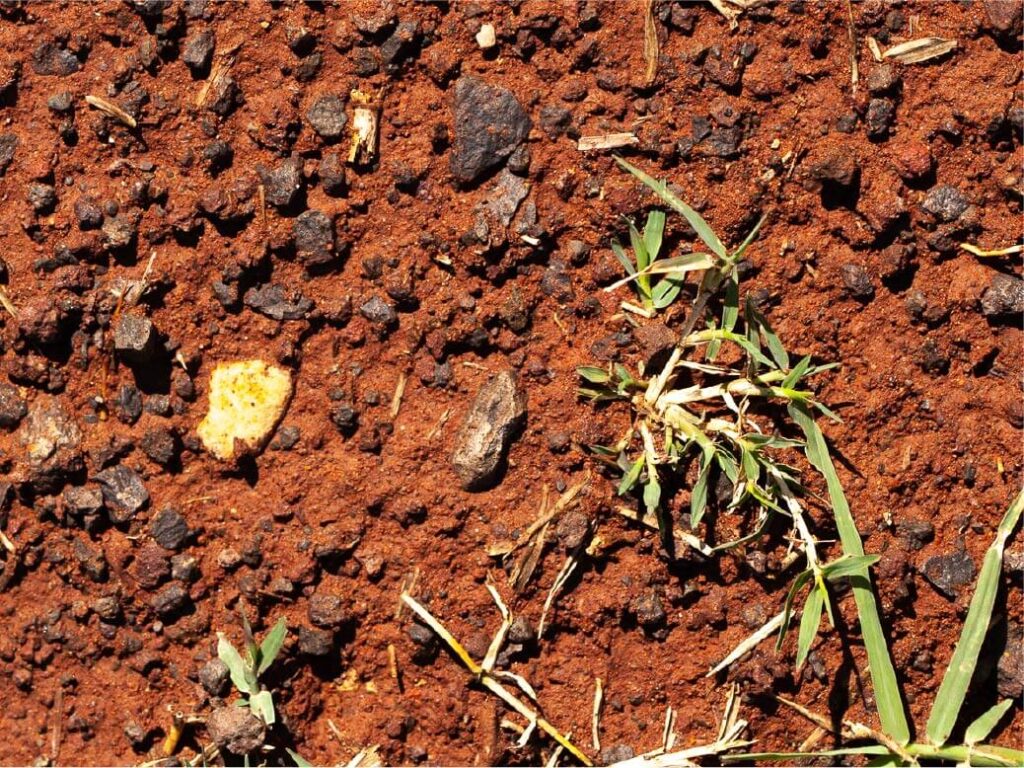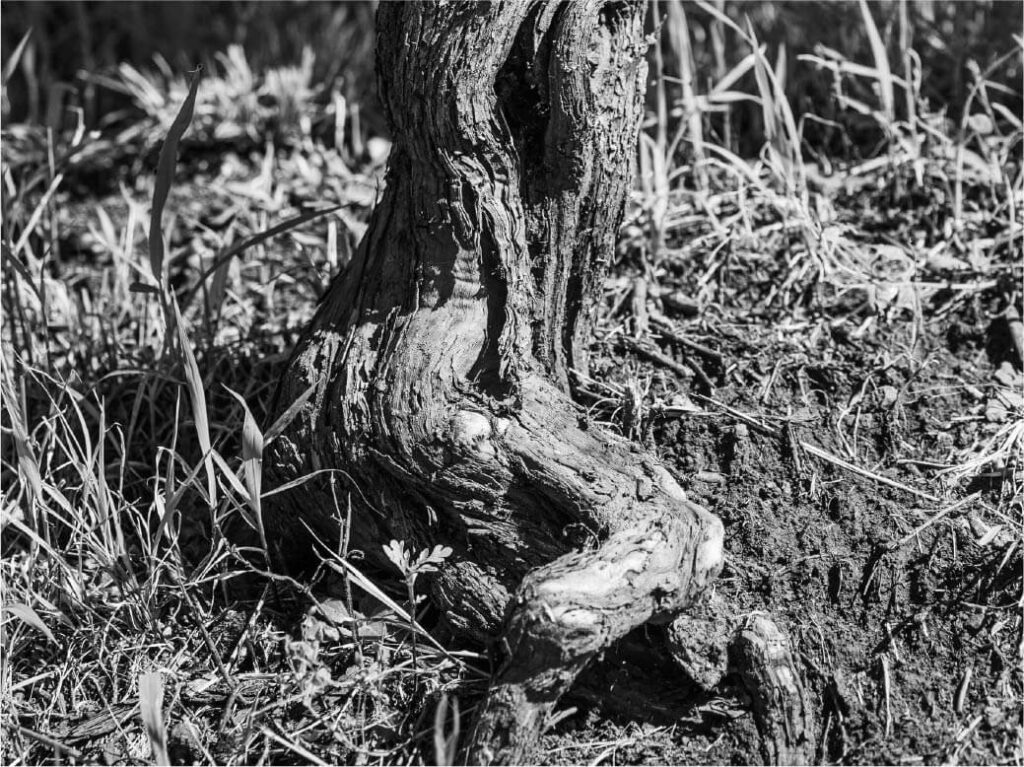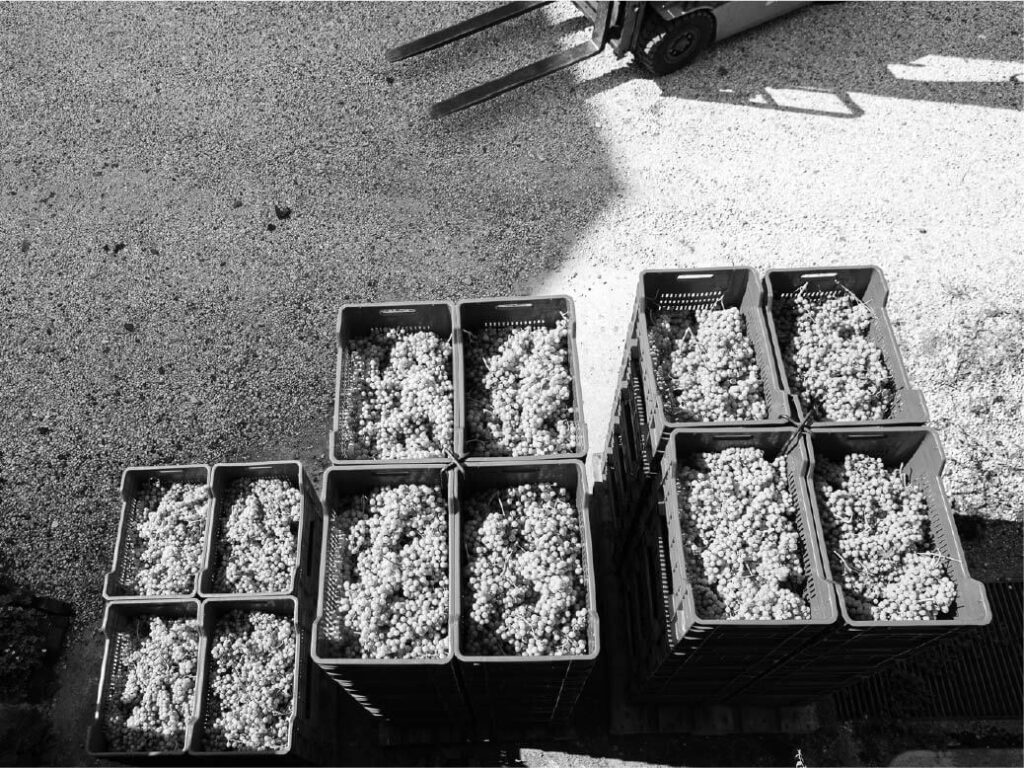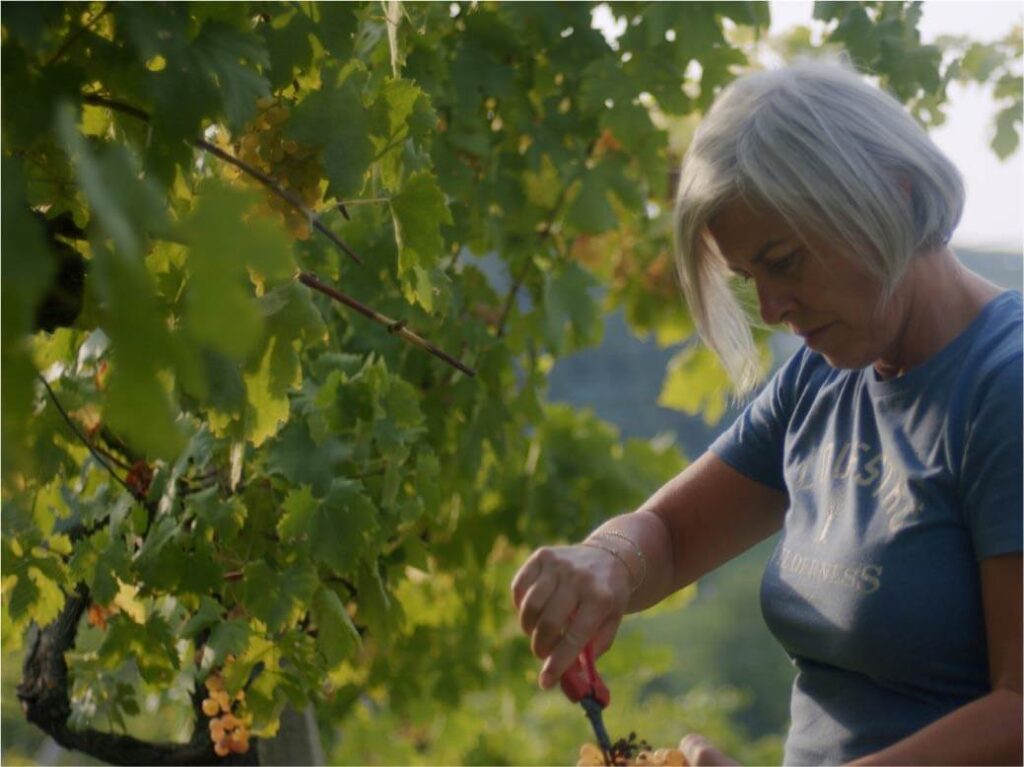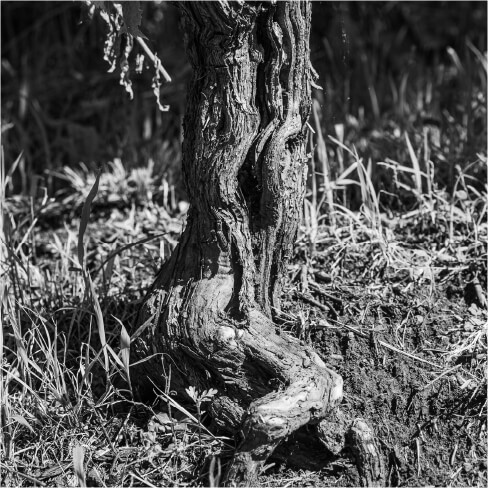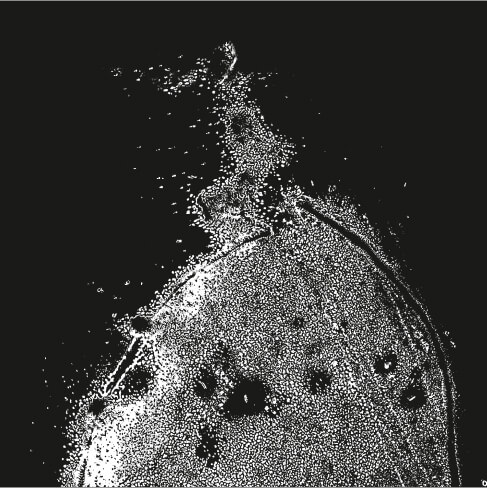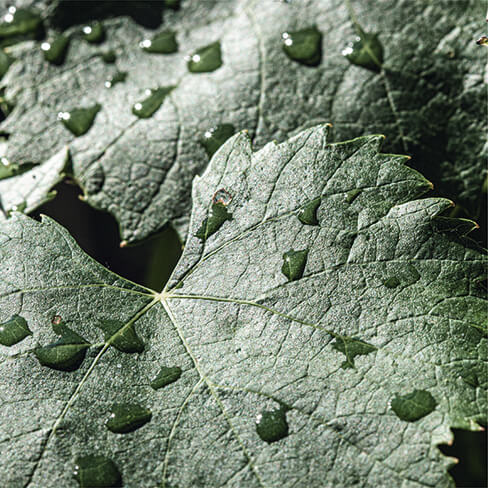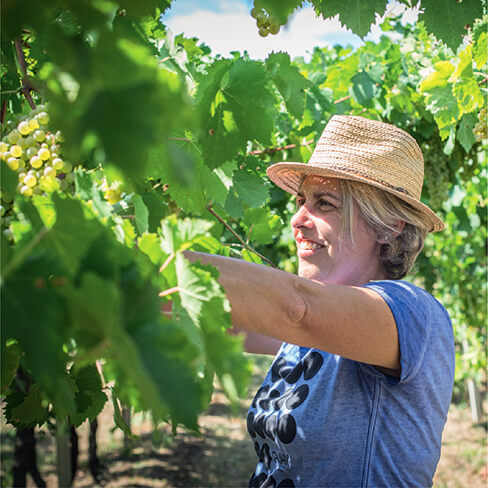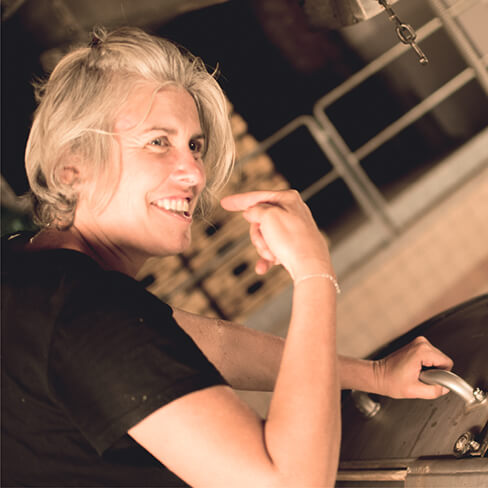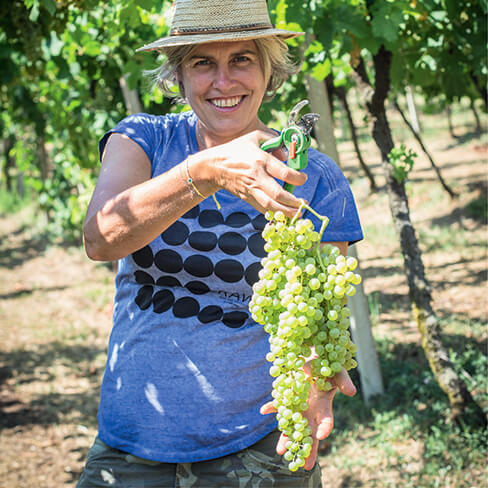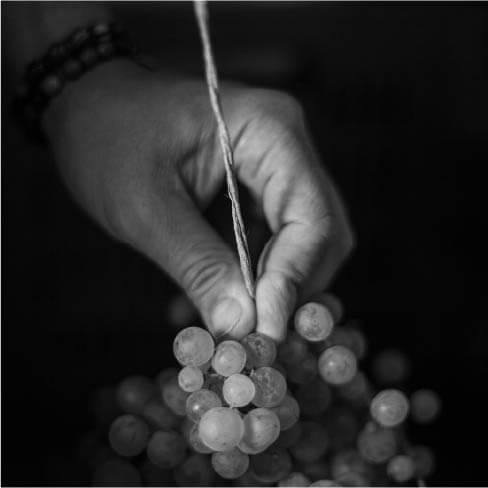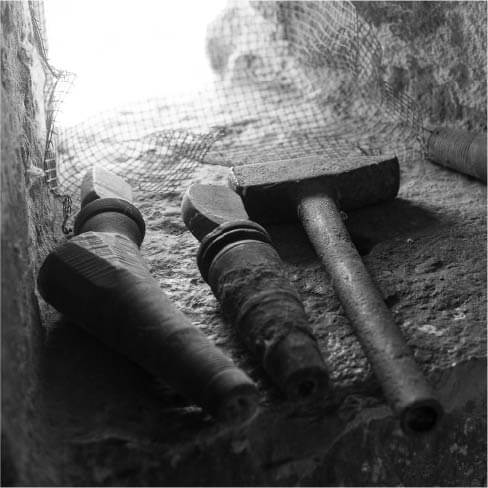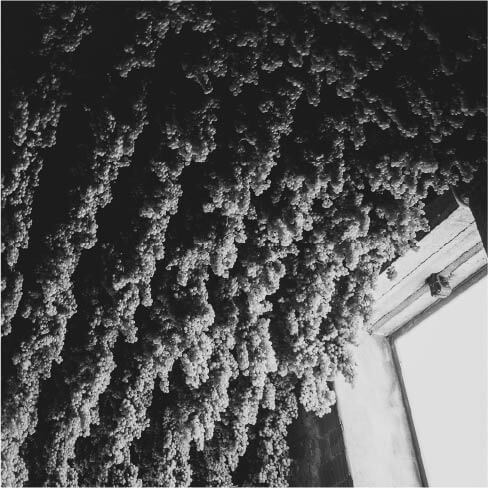IDENTITY

God Vulcānus
In ancient Roman times,Vulcanalia was the annual festival held every 23 August, at the end of the harvest season, in honor of God Vulcan.
Grape harvesting is the main crop representing VOLCANALIA. Vulcan is the God of the primeval force of fire in its natural element.
Volcanalia Festivals were dedicated to the Roman God Vulcan, known by the Greeks as God Hephaestus.
Terre Vulcaniche
45 million years back in time, the village of Gambellara was a volcano whose eruptions gave origin to precious volcanic rocks known as basaltic rocks. The basaltic rock, being very friable passes on important minerals to the vines giving them optimal fertility. The color is dark or black.
Volcanic terrain is rich of limestone and soda but poor of potassium.
The old Gambellara vineyards have a special equilibrium thanks to mother nature.
The Vineyards
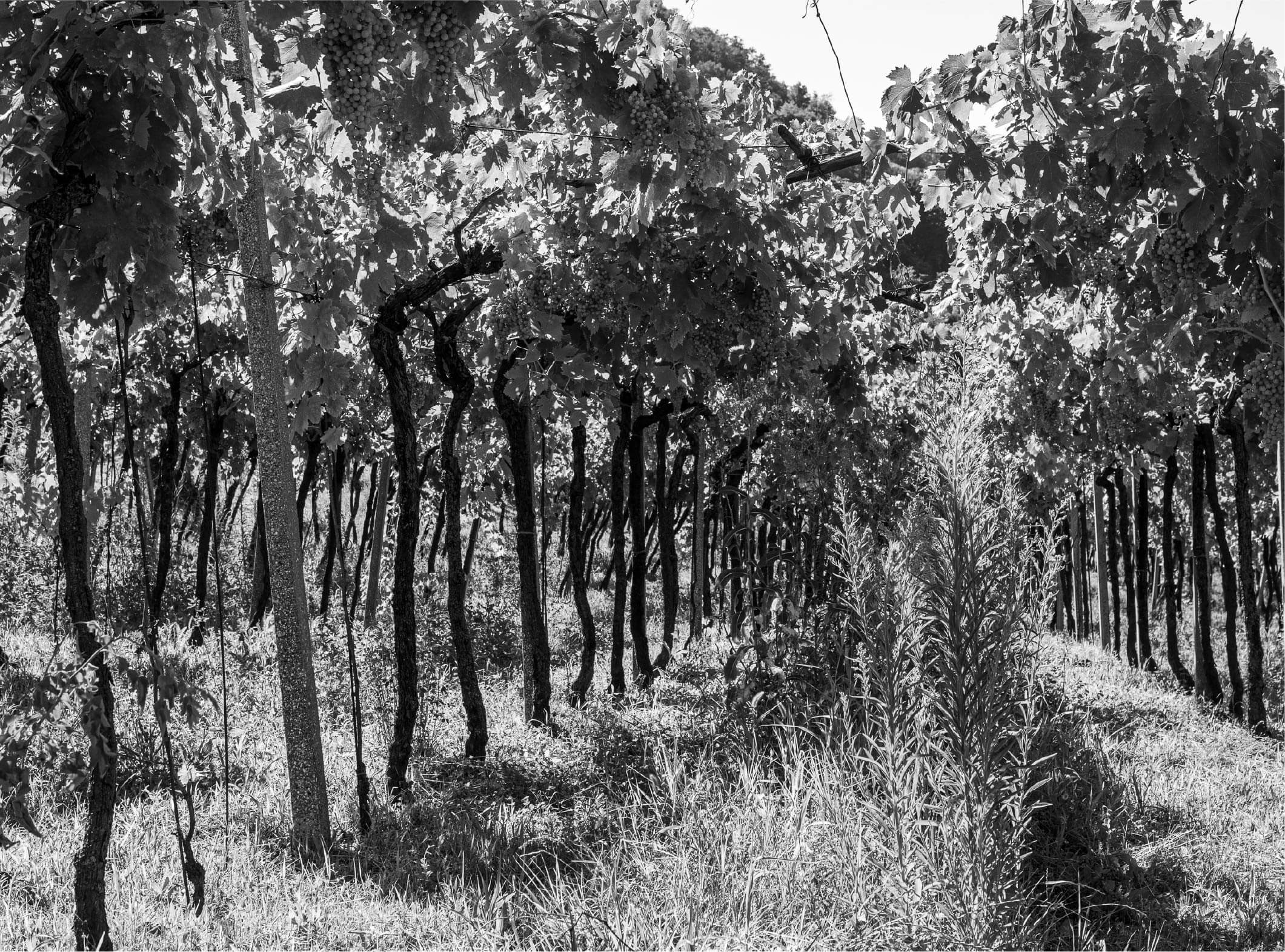
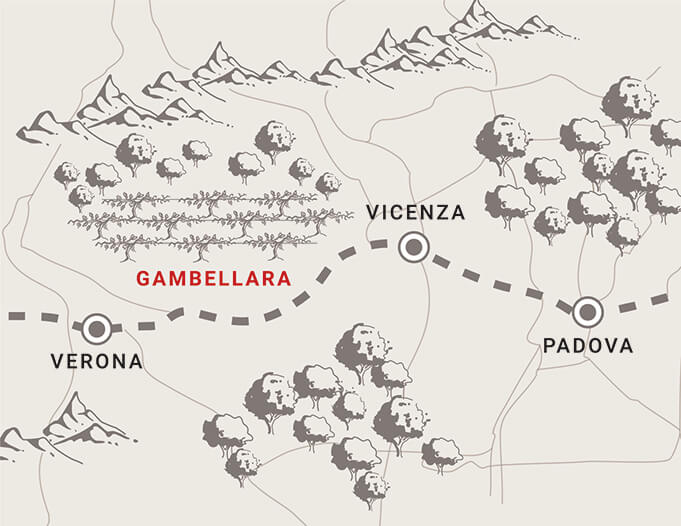
View location
The four hectares of Garganega vines lie harmoniously between the provinces of Verona and Vicenza, in the last layers of the Lessini Mountains at about 300 meters above sea level.
They are arranged in terraces on the edge of a small unspoiled valley above the village of Gambellara.
The dense forest that embraces the vineyards has the great advantage of defending them from any undue contamination.
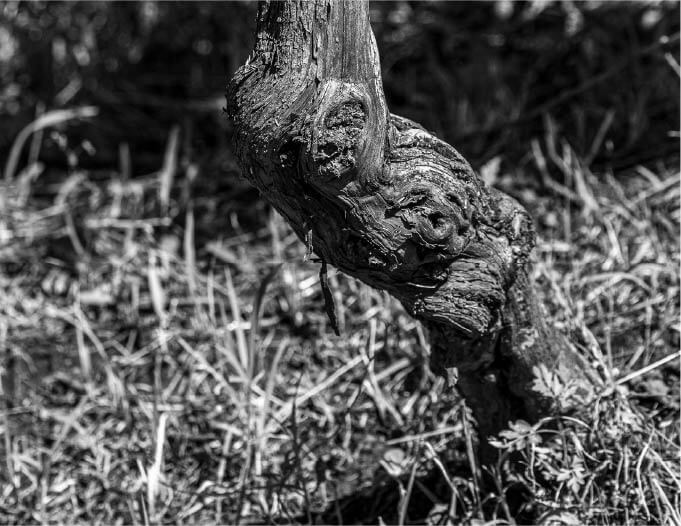
ANCIENT VINEYARDS
Volcanalia has the honor of owning the most historic vineyards rising on the black lava soil of Gambellara. Their age requires respectful and manual care. Work in the vineyard takes place without the use of modern machinery, manual work is our great strength. The only neighbors of the vineyard are roe deer, hares and buzzards peeping out of the nearby woods.
Rossella
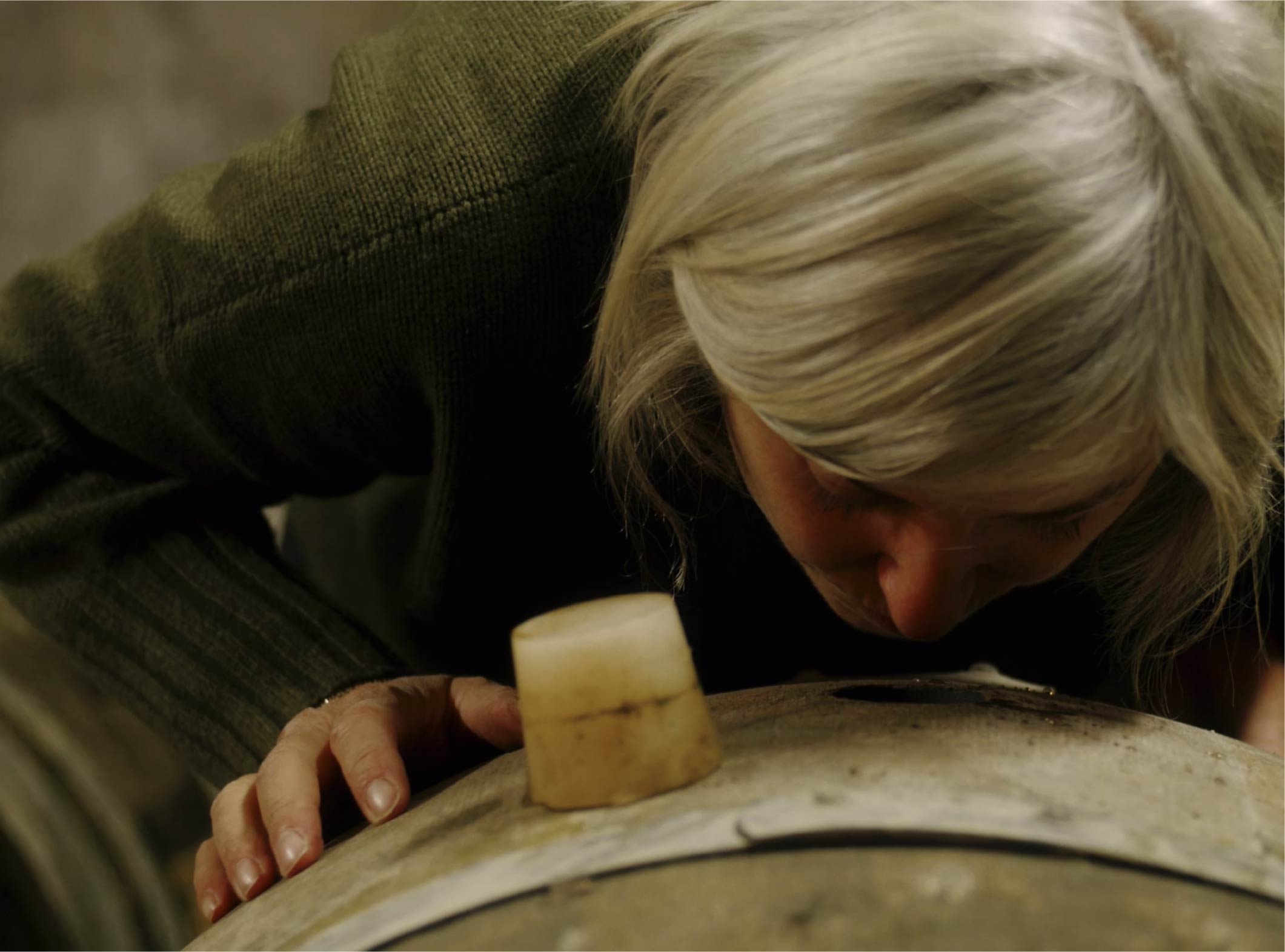
VOLCANIC SOUL
Getting to kmow me means knowing my creativity, my innovative thinking, a soul in turmoil, like the heart of a volcano. At a certain point in my life I realized that my soul was looking for an upsurge and more levity.
Time had come for me to fly away, to look for new dimensions and cultures, meet different people and remote traditions.
For two years I traveled non-stop visiting the major wineries in the world: from Hungary to Portugal, from France to South Africa, from Australia to Argentina, passing through Tasmania until I reached Chile.
Terre Vulcaniche
At the end of these two years, I felt “heaped”of places, people, smells, and sounds that I had searched around the world and, with a great sense of acceptance, I wanted to bring over all this to my land, close to my home.
Here I found the ideal conditions to make a dream come true: to live an open relationship with a magical place, where I could observe nature and participate in the daily transformation of its living inhabitants.
Today I spend my days immersed around the hills of Gambellara, running personally the agricultural activities, the custody of the wine and the wine cellar project.
THE WINE PROJECT
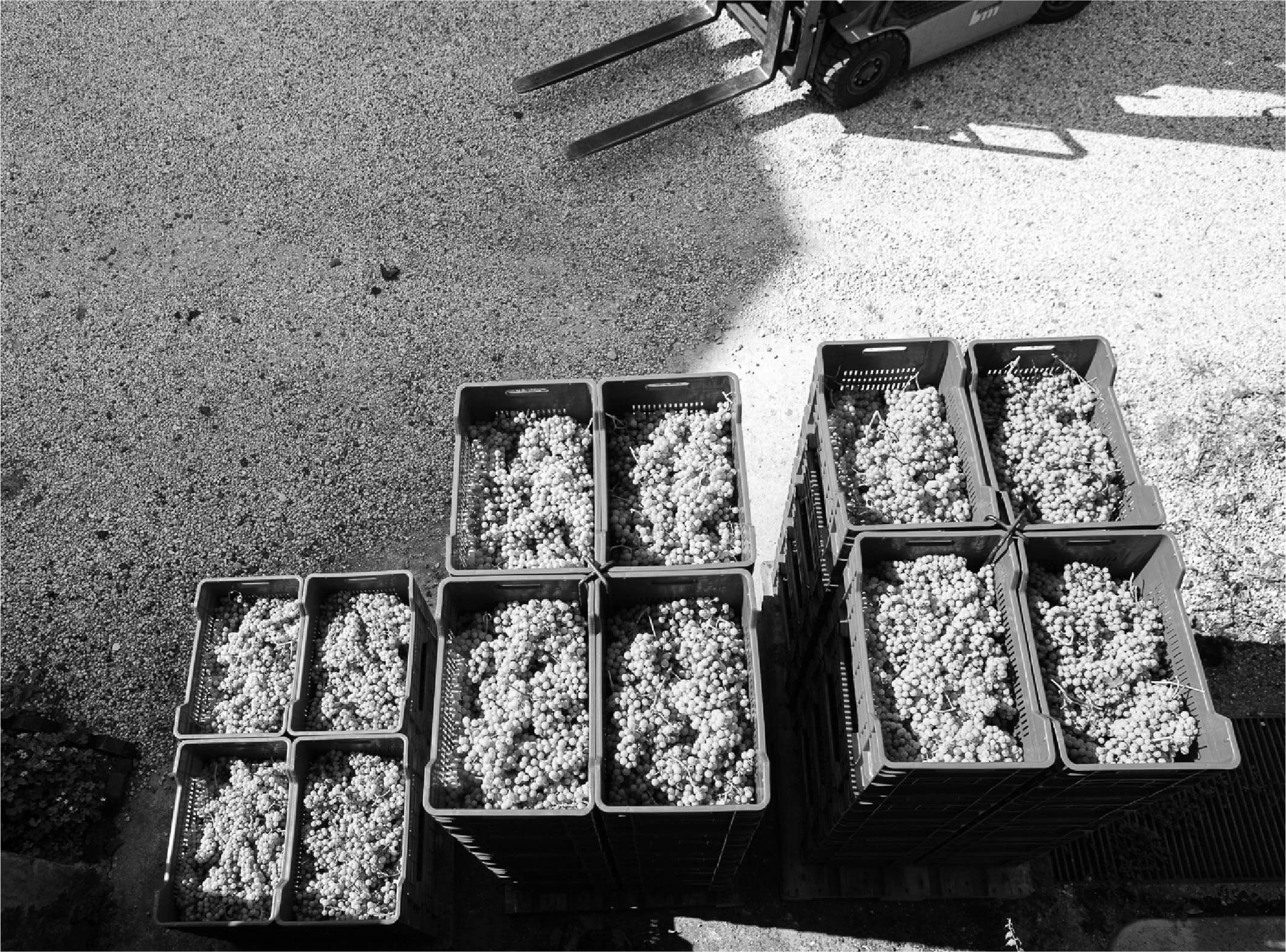
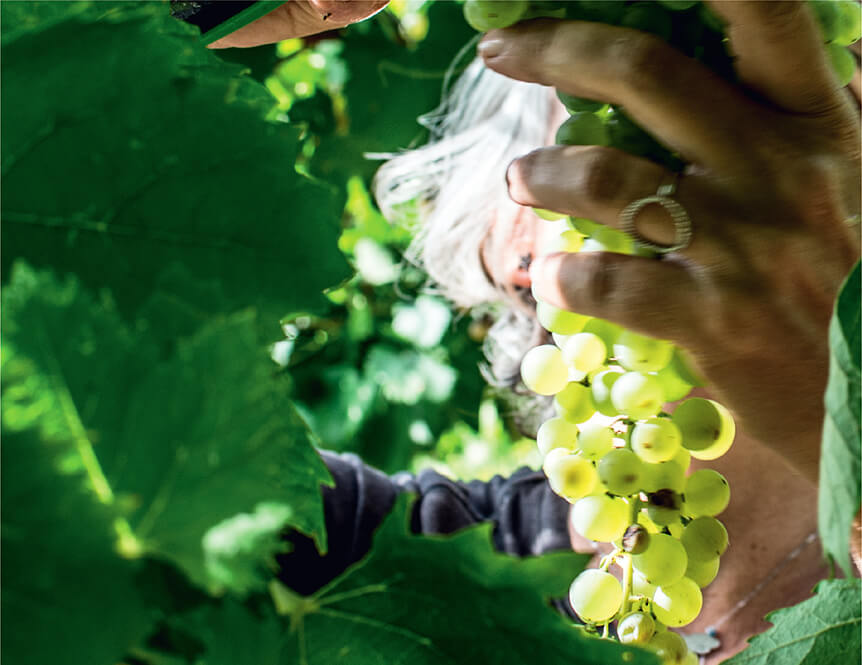
THE HARVEST
The manual harvesting of the grape bunches begins in the month of September and lasts until the end of October. The grapevine, until that moment solitary and still, is captured by a fervent human activity, in search of the first bunches to be picked for the production of sparkling wines, or refermented on yeasts, and the traditional method. The ripeness degree of the grapes indicates when it is time to harvest the fruit destined for the Recioto wine, followed first by the bunches that will give life to a still white wine which goes through a soft pressing procedure and then by the ones for the wine to be produced with the maceration of the grape skins.
PICAI
“Picar via” in the Venetian language means “to hang”. It is part of an ancient manual tradition of natural drying of the most luxuriant bunches of grapes which are hung from beams by means of a natural hemp cord. Each bunch must be firmly tied to the beam to avoid from falling once the weight of the withered grape increases. The environment must be ventilated to counteract humidity: the greatest enemy of grapes. The ancient Picai system is today still considered the most effective because the dehydration of the berries is superior, thanks to the force of gravity and greater ventilation. The fruit of this long journey is the wine intended for palates who love the intensity of aromas.
THE WINE CELLAR
The passing of the days and the caresses of the wind are the main characteristics for the maturity of the “picai “. Pressing is performed with the aid of an ancient manual wine press. A part of the juice extracted from the grapes will be destined for the dosage of the refermented product on the yeasts and the remaining juice will be kept in ancient oak barrels to obtain the Passito after a few years.
The more simple wines are made to rest in steel tanks having no influence on the final taste of the wine. Only the macerated juice is kept in a large oak barrel, both for fermentation and for aging processes. The result? An extraordinary embracing wine rich in velvety tannins.

